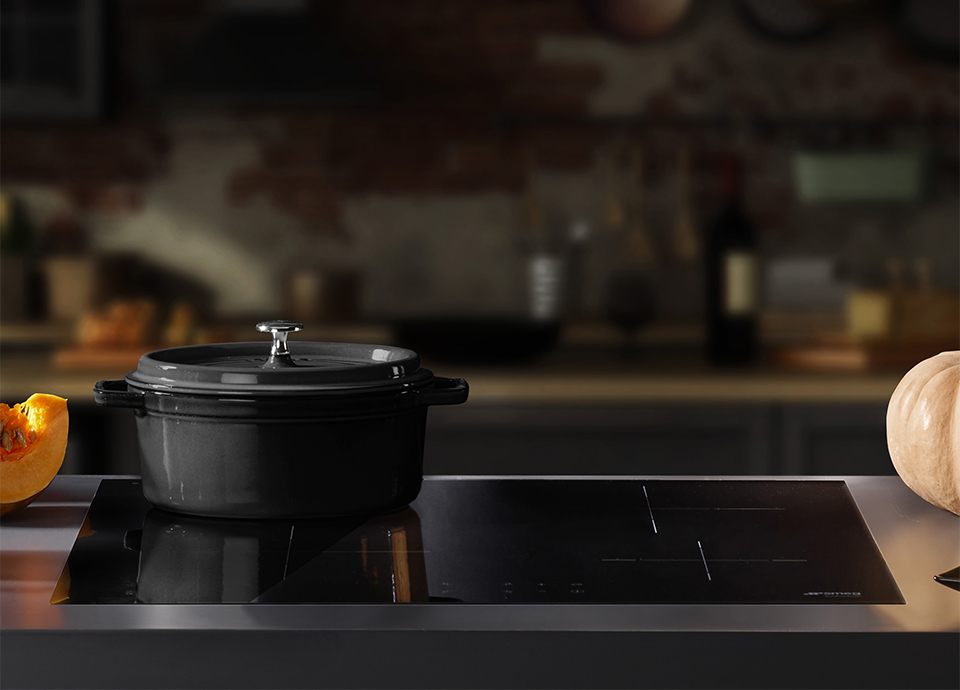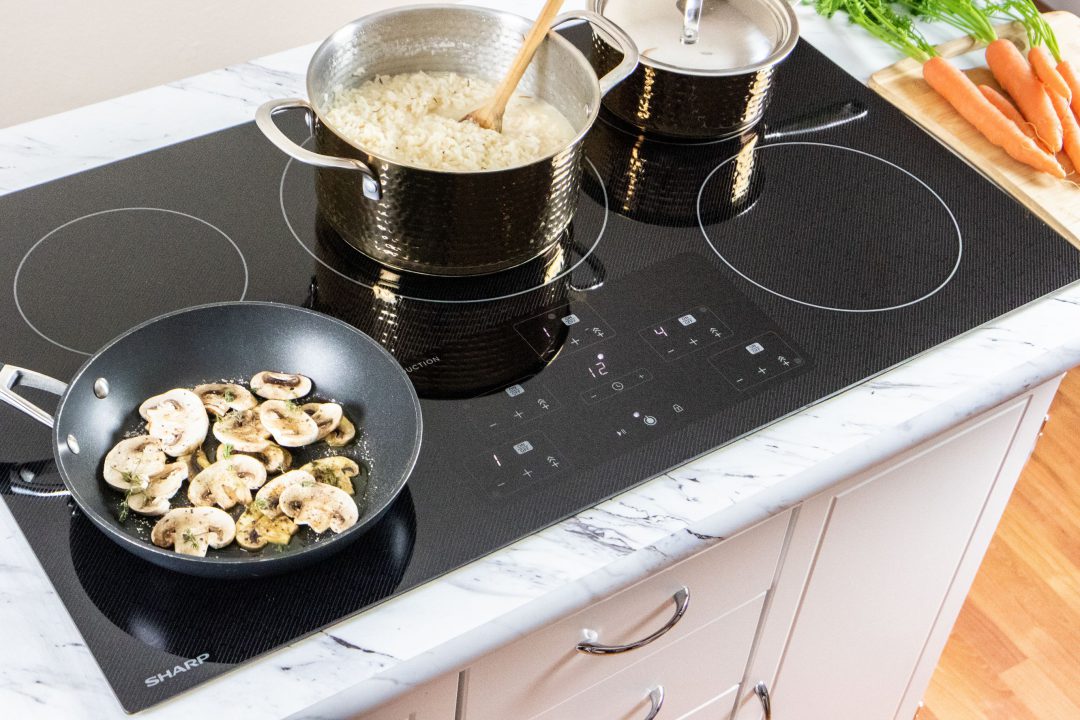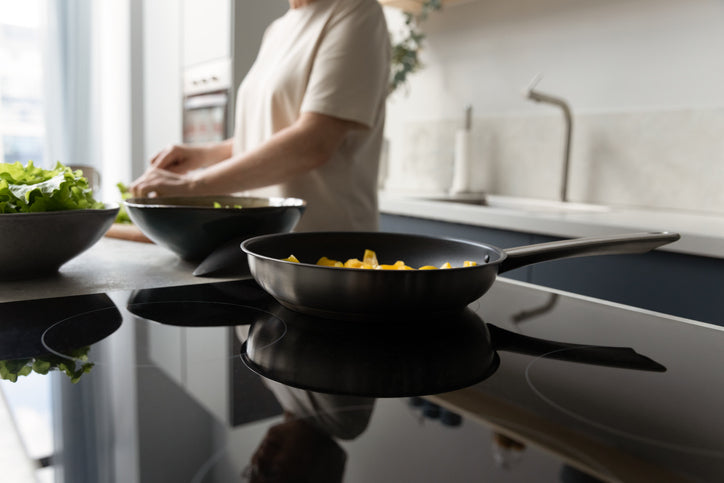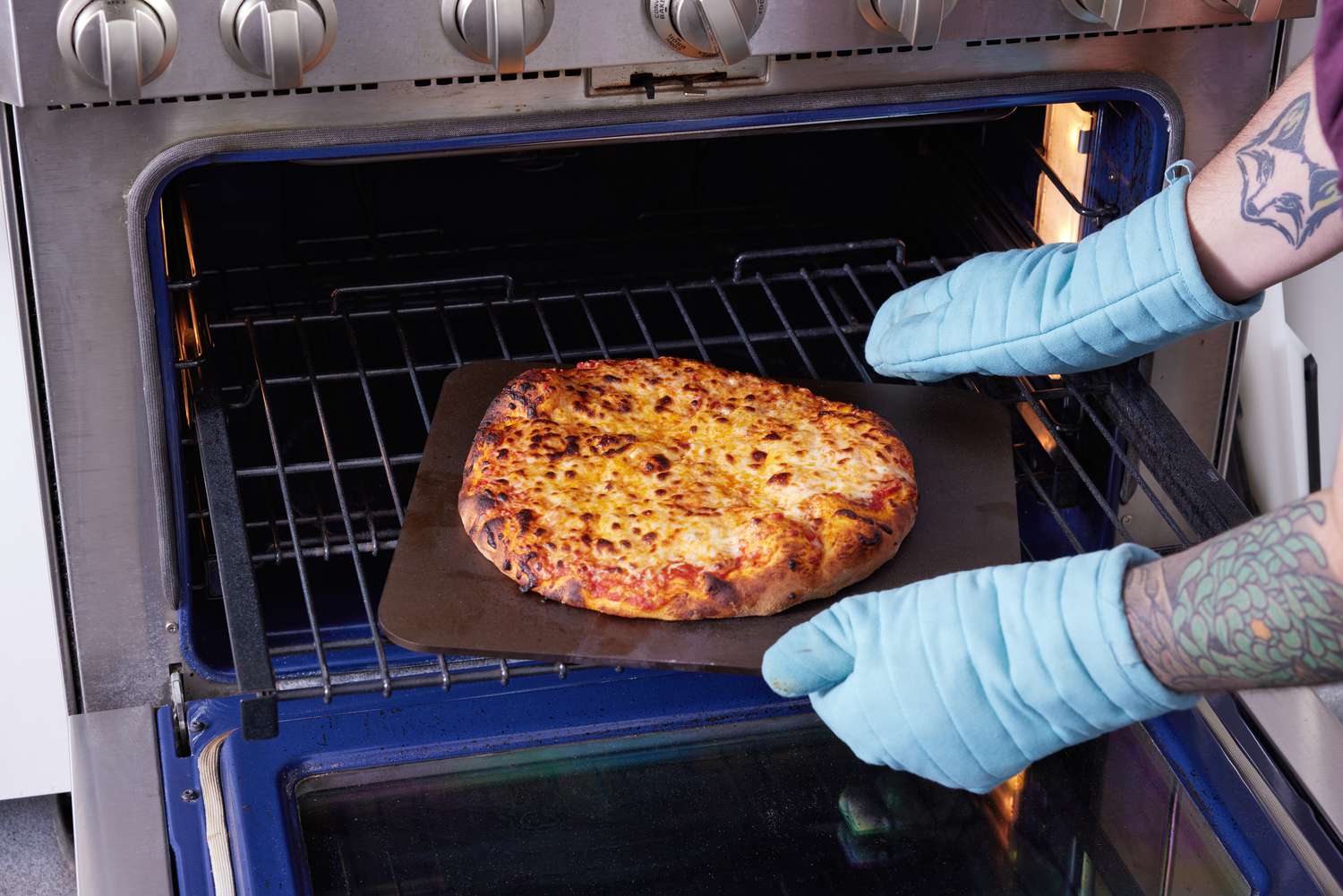For kitchen professionals, embracing the synergy between cast iron cookware and induction cooktops can revolutionize culinary experiences. The cast iron learning curve on induction is a journey that many chefs embark upon to harness the full potential of their kitchen equipment. With its ability to retain heat and distribute it evenly, cast iron remains a top choice for many cooks. When paired with the precision and efficiency of induction cooking, the results are nothing short of spectacular.
However, mastering this combination requires understanding the nuances involved. Induction cooktops use electromagnetic fields to heat pots and pans directly, which means they require cookware with magnetic properties. Fortunately, cast iron fits this criterion perfectly. Yet, the learning curve involves more than just compatibility; its about adapting techniques to achieve optimal results.

Why Choose Cast Iron for Induction Cooking?
Many chefs opt for cast iron because of its unparalleled ability to hold and evenly distribute heat. This is particularly advantageous when cooking on induction stoves, which offer precise temperature control. The combination allows for perfect searing, consistent simmering, and even baking. If you're considering adding cast iron to your induction setup, understanding its benefits is crucial.
Another reason for its popularity is its versatility. Whether you're preparing a vegan sizzling platter or crafting a delicate sauce, cast iron delivers consistent results. Plus, its durability and longevity make it a worthwhile investment for any professional kitchen.
Overcoming the Challenges of Cast Iron on Induction
Despite its advantages, using cast iron on induction cooktops presents certain challenges. Cast iron is heavy, and its weight can sometimes make it cumbersome to handle, particularly on the smooth surface of an induction stove. Additionally, its heat retention capabilities mean that it takes longer to cool down, which requires careful timing and attention.
Another challenge is seasoning. Cast iron requires regular seasoning to maintain its non-stick surface and prevent rust. Understanding how to properly season and maintain your cookware is part of the learning curve that kitchen professionals must navigate.
Tips for Mastering the Learning Curve
To excel in using cast iron on induction, consider the following tips:
- Preheat Gradually: Avoid direct high heat from the start. Allow your cast iron to heat up gradually to prevent thermal shock and ensure even heating.
- Use the Right Size: Ensure your cookware matches the size of the induction burner for optimal heating.
- Maintain Seasoning: Regularly season your cast iron to preserve its non-stick properties and prevent rust.
- Practice Patience: Allow your cookware to cool before cleaning to avoid damaging the cast iron or the induction surface.
Resources for Further Learning
For those eager to deepen their understanding, numerous resources are available to guide you on this culinary journey. Websites such as Homes and Gardens offer insights into the compatibility of cast iron and induction cooktops. Additionally, HowStuffWorks provides a detailed explanation of how induction cooking works, which can enhance your understanding of this technology.
Conclusion
The cast iron learning curve on induction is a valuable journey for any kitchen professional. By embracing the unique properties of cast iron and understanding the intricacies of induction cooking, chefs can elevate their culinary creations to new heights. The combination of these two powerful tools offers a world of possibilities, from perfect sears and simmers to innovative recipes that captivate the palate.

FAQ
Does cast iron work on all induction cooktops?
Yes, cast iron is compatible with all induction cooktops due to its magnetic properties. However, it's essential to ensure the cookware is flat-bottomed for optimal performance.
How do I prevent rust on my cast iron cookware?
Regular seasoning and proper drying after washing are key to preventing rust. Applying a thin layer of oil after each use can also help maintain the seasoning.
Is cast iron safe to use on glass induction surfaces?
Yes, but caution is advised. Due to its weight, it's important to avoid dragging cast iron cookware across the surface to prevent scratches.






Leave a comment
This site is protected by hCaptcha and the hCaptcha Privacy Policy and Terms of Service apply.